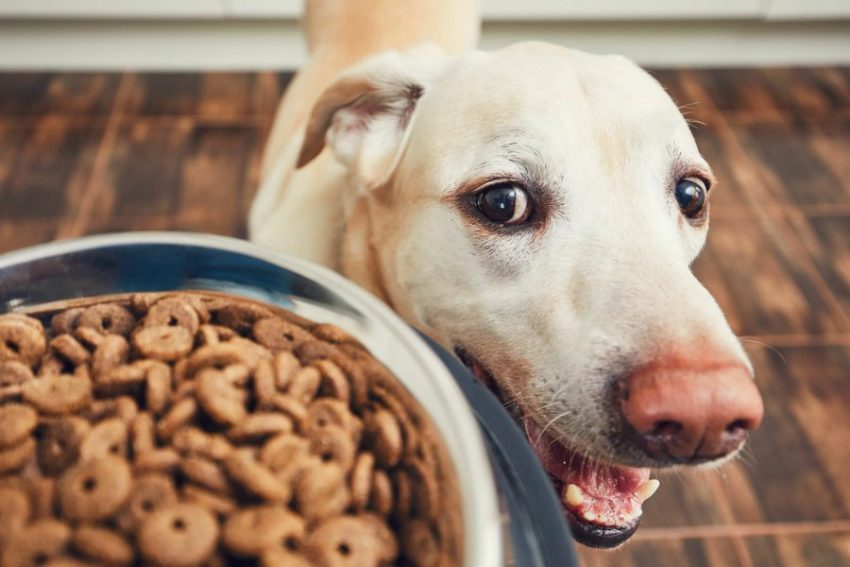A pet’s diet plays a crucial role in their overall health and well-being. As our furry friends grow and develop, their nutritional needs evolve too. Introducing a new diet requires a thoughtful and gradual transition to ensure a smooth change without causing digestive upset or reluctance to eat.
Transitioning your pet to a new diet requires patience, care, and a gradual approach. By understanding the importance of a pet’s diet, implementing a slow transition, maintaining consistency, enhancing palatability, and monitoring their response, you can ensure a smooth change and provide your furry companion with the nutrition they need at each stage of their life. There are many pet supplies Dubai such as Eurovets Dubai where you can find all the required kennels. Remember, a well-planned diet transition is an investment in your pet’s long-term health and happiness. Let’s look into the importance of a pet’s diet and provide five tips to help you transition your pet to a new food successfully.
Understand the Importance of Diet
A pet’s diet directly impacts their overall health, energy levels, and longevity. The right balance of essential nutrients, including proteins, carbohydrates, fats, vitamins, and minerals, is vital for their growth, immune system, and organ function. As pets age, their dietary requirements may change, necessitating a shift to a different food formula tailored to their specific needs.
Gradual Transition
When introducing a new diet, it’s essential to transition gradually. Abrupt changes can disrupt a pet’s digestive system, leading to diarrhea, vomiting, or refusal to eat. Start by mixing a small amount of the new food with their current food. Gradually increase the proportion of the new food over a period of 7-10 days until it replaces the old food completely. This slow transition allows their digestive system to adjust and minimizes any potential digestive disturbances.
Maintain Consistency
During the transition period, it’s important to maintain consistency in feeding times and portions. Keep the feeding schedule the same, as this helps establish a routine and makes the adjustment smoother for your pet. Additionally, ensure that the new food is provided in the appropriate portion size according to your pet’s age, weight, and activity level.
Add Palatability
Some pets may be hesitant to try new food, especially if they are accustomed to a specific taste or texture. To enhance palatability, consider adding a small amount of warm water, low-sodium broth, or wet food to the new kibble. This can entice your pet to explore the new food and make the transition more enjoyable for them.
Monitor and Observe
Throughout the transition process, closely monitor your pet’s behavior, appetite, and stool quality. If you notice any signs of gastrointestinal upset or significant changes in their eating habits or energy levels, consult your veterinarian. They can provide guidance and ensure that the new diet is suitable for your pet’s specific needs.
If you are looking for reliable pet food supplier in Dubai visit Eurovetsworld.com.

Snowboarder, vegan, guitarist, Eames fan and RGD member. Working at the junction of beauty and intellectual purity to create not just a logo, but a feeling. Let’s design a world that’s thoughtful, considered and aesthetically pleasing.
